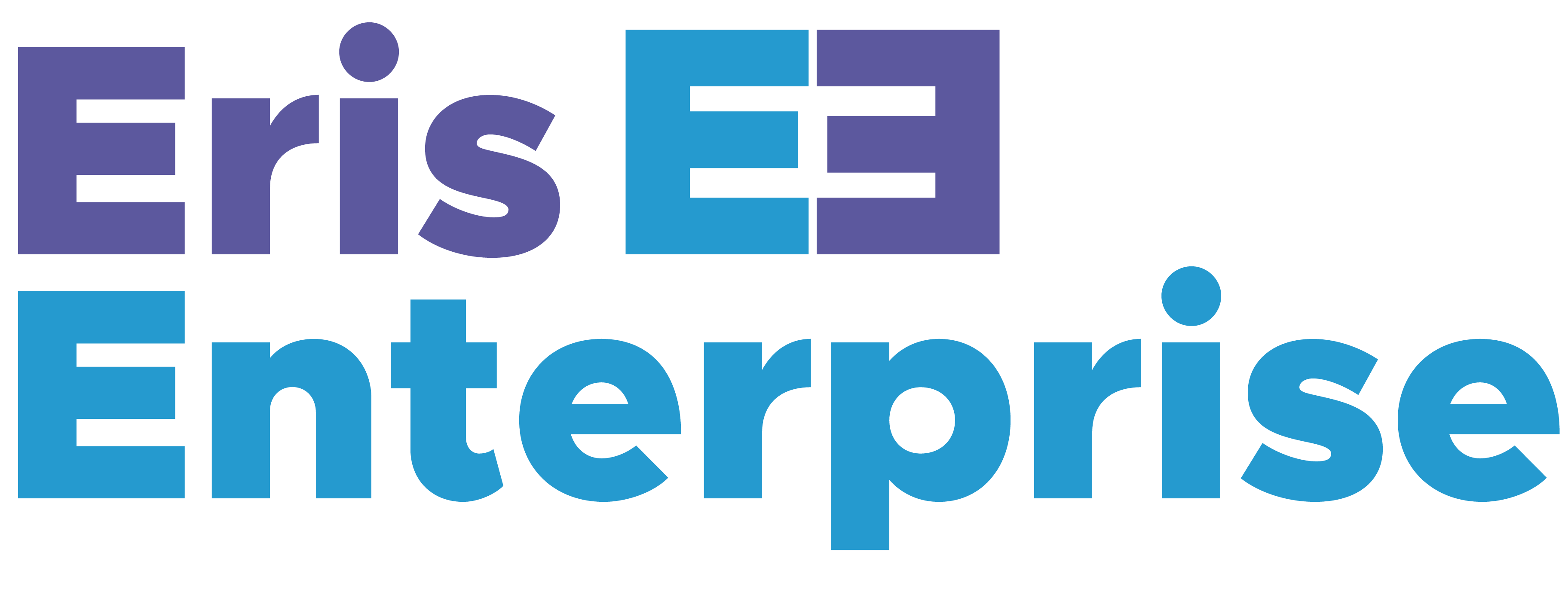Building a comprehensive architecture results in successful projects
Every project needs a clear blue print that details how the solution works within the technical ecosystem and scope of the organization. This holds true if you are building a house, sky scraper, or a new data solution. The principle is all the same. Build a design at the outset that describes how everything works together to prevent rework and budget over runs.
Elements of a quality architecture
The organization is the consumer of the architecture and therefore, are the primary focus. A quality architecture starts with the customer in mind. A customer may be internal or external; they may ingest or produce data; they interact with the data.
As the architecture is realized, new information will come to light that requires changes. The architecture must be flexible enough to adapt to change. It cannot anticipate all change, but it should accomodate change.
A quality architecture will seek to automate. This improves the business flow throughout the system and minimizes human introduced errors. For high performing organizations, automation includes detection of anomalies in data and take proactive measures when they occur.
A quality architecture does not stand on its own, it requires a strong governance model to ensure it lives on. Governance is about removing obstacles to the project and facilitating communications across the organization.
A quality architecture seeks simplicity over complexity. Quite simply, a complex system introduces unnecessary risks. Architecture should seek to reduce complexity by removing redundant features, implementing in the correct process, and creating feedback loops to improve quality throughout the system.





